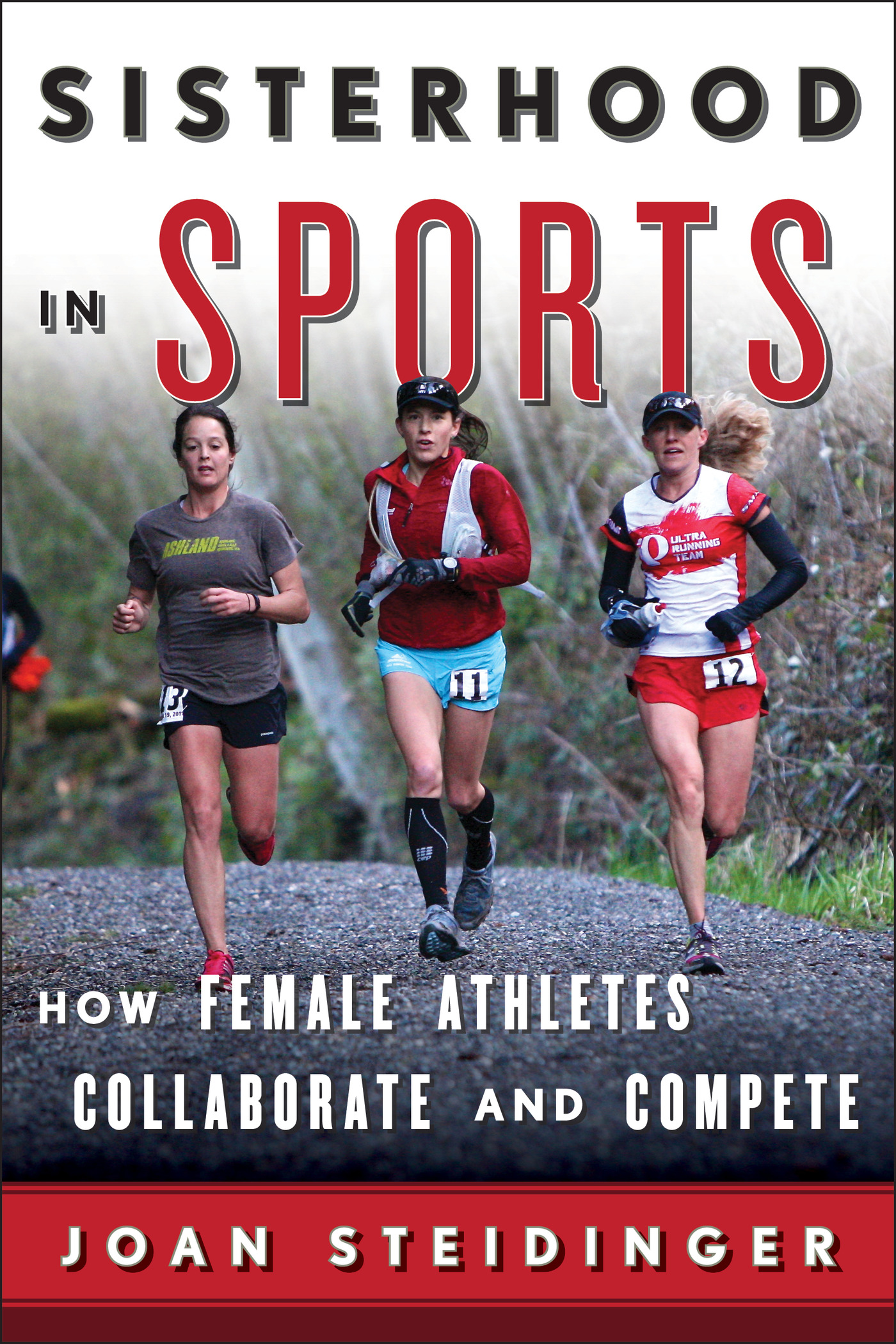Praise for Sisterhood in Sports
A detailed, enlightening look at a fascinating topic that all coaches of women and girls should be highly interested in.
Mike Woitalla, executive editor, Soccer America
Sisterhood in Sports provides a unique view of the challenges, emotional highs and lows, and importance of connected relationships for female athletes. As an athlete and sport psychologist who has lived through the evolution of the modern female athlete, Dr. Joan Steidinger provides an engaging look of the roles of friends, family, teammates, coaches, parents, motherhood, and romantic relationships that are unique for female athletes at varying stages of life. As an athlete and a mother, Im excited to see a rare, but needed, book full of female athlete stories.
Danelle Kabush, PhD, professional off-road triathlete, LUNA pro team,
Xterra triathlon; mental performance consultant; mother
I had Dr. Joan Steidinger come and talk and work with my womens track and cross country teams, and the results were unbelievable. Through Steidingers instruction and guidance she taught them how to tap into their true potential. I believe the wisdom and suggestions Dr. Joan Steidinger shares in this book, Sisterhood in Sports, can help others achieve their true potential.
Ken Grace, head track coach, Chabot College; health/kinesiology instructor;
CoachCalifornia community coach of the year
I wish that I could have read Sisterhood in Sports thirty years ago. Now, thanks to Dr. Joan Steidinger, I am empowered to encourage collaborative competition, embrace my strength, and teach others how to do the same.
Shana Bagley, esq., Clipper Cup racer; double-handed ocean racer; Ragnar and Tough Mudder runner; strongman, Highland Games; mens rugby national finalist
Sisterhood in Sports
Sisterhood in Sports
How Female Athletes
Collaborate and Compete
Joan Steidinger
ROWMAN & LITTLEFIELD
Lanham Boulder New York London
Published by Rowman & Littlefield
A wholly owned subsidiary of The Rowman & Littlefield Publishing Group, Inc.
4501 Forbes Boulevard, Suite 200, Lanham, Maryland 20706
www.rowman.com
16 Carlisle Street, London W1D 3BT, United Kingdom
Copyright 2014 by Rowman & Littlefield
All rights reserved. No part of this book may be reproduced in any form or by any electronic or mechanical means, including information storage and retrieval systems, without written permission from the publisher, except by a reviewer who may quote passages in a review.
British Library Cataloguing in Publication Information Available
Library of Congress Cataloging-in-Publication Data
Steidinger, Joan.
Sisterhood in sports : how female athletes collaborate and compete / Joan Steidinger.
pages cm
Includes bibliographical references and index.
ISBN 978-1-4422-3033-0 (cloth : alk. paper) -- ISBN 978-1-4422-3034-7 (electronic)
1. Sports for women. 2. Women athletes. 3. Women athletes--Psychology. I. Title.
GV709.S74 2014
796.082--dc23
2014016818
 TM The paper used in this publication meets the minimum requirements of American National Standard for Information Sciences Permanence of Paper for Printed Library Materials, ANSI/NISO Z39.48-1992.
TM The paper used in this publication meets the minimum requirements of American National Standard for Information Sciences Permanence of Paper for Printed Library Materials, ANSI/NISO Z39.48-1992.
Printed in the United States of America
To my mother, Frances Palmer Steidinger, the athlete who taught me loving kindness and provided support when it was important, whom I speak out for now.
Authors Notes
Twenty years in the unfolding, Sisterhood in Sports made for an amazing journey. My sports interest and involvement have stretched throughout the course of my lifetime. The lesson I took from running in my first marathon in 1987 was the wonderful camaraderie of training in groups and learning to feel more comfortable about my body. Although running with both women and men, I talked to my girlfriends about relationships. The first germs of wanting to write a book about female athletes started as I began making notes and writing down ideas in 1994, shortly after completing the Western States one-hundred-mile race. During that time, my eye was often on Ann Trason. Anns toughness and ability to beat almost everyone (she came in second in Western States 100 in 1994 and 1995) led the way for women in the ultra world. The idea continued after I watched the 1996 US Olympic womens soccer team win gold at the Olympics. The tight bond evident among the Fab Five of soccer, Kristine Lilly (interviewed for this book), Julie Foudy, Brandi Chastain, Joy Fawcett, and Mia Hamma bond that persists to this daywas inspirational. Whenever the Olympics come around, the television is constantly on.
In 1997, as I was emerging from a difficult relationship that derailed my training and competitiveness as an ultrarunner, my curiosity peaked about female athletes, relationships, and competitive sports. As a way to mend, I trained and rode my first double century, where I met my husband, JP. I would be remiss if I didnt mention how much the support of my husband has meant to me. He arrived in my life six months after my breakup, initially noticing me at the end of the double century bike ride. Hes always said, I like those big strong girl athletes. He has watched me agonize over this project over the past seventeen years, providing support and love.
As a lifelong athlete raised by a mother and father who were athletes, I actually began my journey by looking back at the family members and a coach who impacted me over the years. As I was growing up, each of my parents shared a gift with me: kindness and thoughtfulness from my southern English mother and mental toughness from my German Irish father. In contrast to my competitive father, my mother, Frances, was a shy and make-nice kind of person; 58 and athletic, she played a strong game of golf; but my father, Dean, was so tough on my mom that it seemed to hurt her game. My father was a talented golfer himself, with a 6/7 handicap; they both loved the game. Inheriting his tenacity (he played golf for over seventy-five years) has served me well my whole life in all my pursuits. Moving around to different states, the family always managed to end up attached to golf and country clubs with swimming pools. Playing golf and swimming began at a very young age for me. My parents exposed their only child to a whole bunch of other sports, including horseback riding, canoeing, hiking, backpacking, synchronized swimming, badminton, tennis, bike riding, and much more. Despite only sporadically attending my sports competitions, my parents were both athletic role models to me.
The one coach who stands out for me is Ken Grace. He helped me more than even he knows. By introducing me to the heart rate monitor, he empowered me to push myself to limits I did not know I could achieve. His positive and upbeat attitude whenever we spoke helped my confidence grow, which laid the groundwork for my running my first one-hundred-mile race in 1992 (Vermont), finishing in under twenty-four hours, beating five horses (concurrent horse endurance race), and placing tenth woman. Eventually, the following season, my team won first place in the Pacific Region Ultra Series, and I managed to finish third in the Open Division of that same series.
When I began this project seriously in 1997 by writing my first proposal, my focus was on interviewing forty female ultrarunners about how their interpersonal relationships impacted their ultrarunning and sporting life. The ultrarunning community had created a home of sorts. Martha Cederstrom, a former ultrarunner, has remained a constant friend. Were still running buddies, and the friendship remains strong to this day. Submission of the first proposal taught me about rejection early in the process, although I did interview over forty female ultrarunners afterward in 1998. Ive learned over the years that rejection of a book proposal is merely a business decision and not personal.

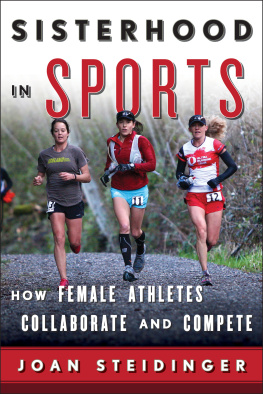

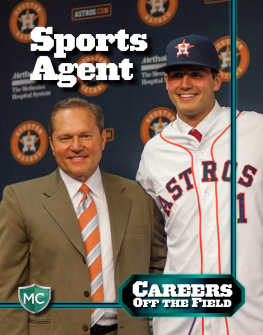
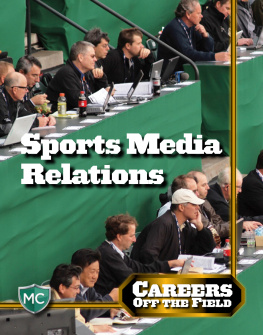
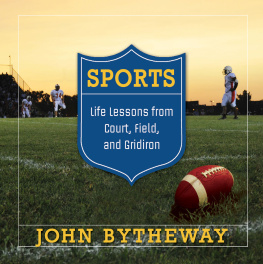

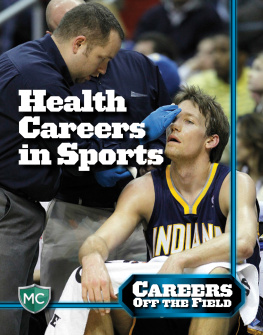
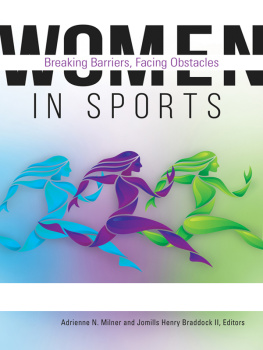

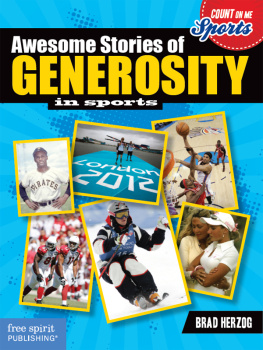


 TM The paper used in this publication meets the minimum requirements of American National Standard for Information Sciences Permanence of Paper for Printed Library Materials, ANSI/NISO Z39.48-1992.
TM The paper used in this publication meets the minimum requirements of American National Standard for Information Sciences Permanence of Paper for Printed Library Materials, ANSI/NISO Z39.48-1992.